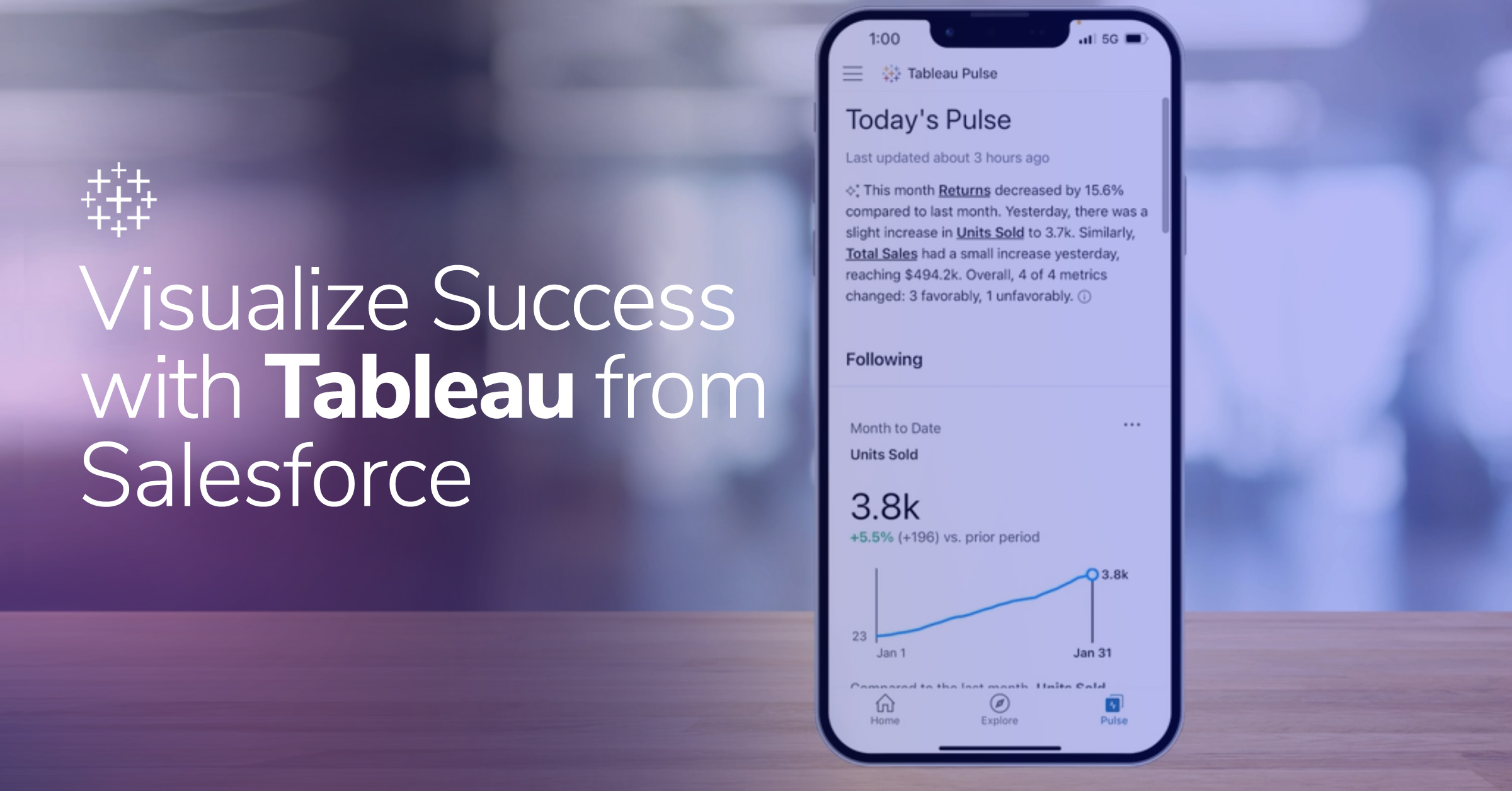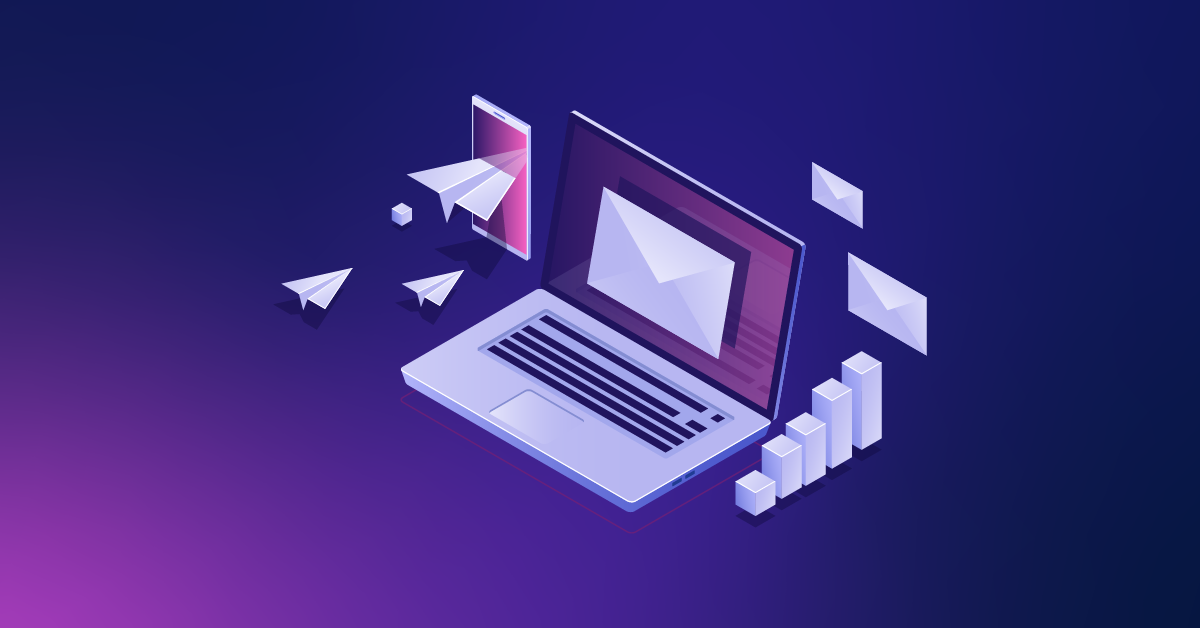Three Ways to Modernize Your B2B MarTech Stack

Today’s B2B buyers and decision makers expect digital experiences that mirror the convenience and personalization they have become accustomed to as consumers. But despite the abundance of solutions available to help meet these expectations, many companies still have outdated Marketing Technology (MarTech) stacks that fail to bridge the gap between their current capabilities and customer expectations.
According to The Future of Commerce, 73% of B2B buyers say they want a personalized, B2C-like customer experience, yet only 22% of B2B customers say their most recent online experience was completely personalized to them. By taking a few key steps, digital leaders in the B2B space can modernize their tech stacks and set their organizations up for success.
1. Leverage Your Data to Understand Your Customers
Building a successful B2B buying experience begins with understanding what your customers want. Ask yourself this: where are your customers coming from? What are they trying to accomplish? How do they want to interact with your sales team? Are there industry-specific expectations that buyers have that influence their purchase journey? What are your customers' support and service expectations post-purchase?
By using data layers to capture first and third-party data sources and instrumenting your site experience appropriately, you can create comprehensive reports that provide critical insights into prospective customers and buyer behaviors. Additionally, these behavioral insights can be leveraged in post-purchase digital self-service feature development, resulting in increased renewal rates and lower customer churn.
2. Gain Insight Into Your Current State
To effectively modernize your B2B MarTech stack, it is crucial to gain a deep understanding of your current state and how it contributes to enhancing the customer experience and orchestrates the buyer journey. By assessing the strengths and weaknesses of your existing MarTech stack, you can identify areas for improvement and define your goals for a refreshed implementation. Start with identifying your use cases and specific problems you need to solve. Are your demand generation strategies yielding the desired results? Understanding key pain points will help articulate the value and benefits that a new stack can deliver.
Next, look at current tech and new features to address challenges. Do you have insight into the people who are interacting with your digital properties? Is your current implementation saddled with duplicative functionality or cumbersome technical debt? Is data flowing seamlessly across your platforms to support sales and customer engagement? The answers to these questions can help justify the investment necessary to build your future state.
3. Define Your Future State Architecture
With an understanding of your customers and current MarTech stack in hand, it is time to create a plan to build a MarTech engine that acts as a bridge from your legacy technology stack to where you ultimately want to be. It is imperative that this plan includes reasonable stages of work that allow you to both avoid deprecation of service to your customers while also demonstrating incremental value and progress to customers and internal stakeholders. This plan should be defined and agreed upon by internal stakeholders before any technology is purchased. Watch out for opportunities to streamline processes that have become habits. Revisiting these processes can create efficiencies while also enhancing outcomes.
Before implementing any additional technology, it is imperative to cleanse your customer and product data in order to power an effective marketing engine. Data cleansing—also known as data cleaning or data scrubbing—is the process of modifying or removing data that’s inaccurate, duplicate, incomplete, incorrectly formatted, or corrupted within a dataset. This exercise ensures your data is reliable and up to date. The accuracy will empower your team to make informed business decisions, enhance customer experiences and improve overall operational efficiency.
Drive Forward
Just like the consumer counterparts, business buyers crave convenience, personalization, and accessibility. To succeed, companies must surpass buyer expectations in order to foster the strongest relationships and gain a distinct advantage in the marketplace.
Strategic implementation of cutting-edge MarTech tools and strategies can help drive B2B growth and digital transformation. This kind of holistic approach empowers businesses to cultivate stronger client relationships, gain a competitive edge, and achieve sustained growth in the B2B marketplace.


